Description
Wavy caps
Wavy caps or Psilocybe cyanescens (sometimes referred to as the potent Psilocybe) is a species of potent psychedelic mushroom. The main compounds responsible for its psychedelic effects are psilocybin and psilocin. It belongs to the family Hymenogastraceae.
Appearance
Psilocybe cyanescens have a hygrophanous pileus (cap) that is caramel to chestnut-brown when moist, fading to pale buff or slightly yellowish when dried. Caps generally measure from 1.5–5 cm (½” to 2″) across and are normally distinctly wavy in maturity. The color of the pileus is rarely seen in mushrooms outside of the P. cyanescens species complex. Most parts of the mushroom, including the cap and Lamellae (gills, underneath the cap) can stain blue when touched or otherwise disturbed, probably due to the oxidation of psilocin. The lamellae are adnate, and light brown to dark purple-brown in maturity, with lighter gill edges. There is no distinct annulus, but immature P. cyanescens specimens do have a cobwebby veil which may leave an annular zone in maturity. Both the odor and taste are farinaceous.
P. cyanescens have smooth, elliptical spores which measure 9 – 12 x 5 – 8 µm. According to some authors, the holotype collection of the species from Kew Gardens featured no pleurocystidia, but North American collections are characterized by common clavate-mucronate pleurocystidia. However, pleurocystidia are present in the holotype collection (but not easily to observe since hymenium is collapsed). In European collections of P. cyanescens, pleurocystidia are common and their shape is identical to those known from the United States. In 2012, an epitype from Hamburg, Germany was designated.
Fresh sporocarps and mycelia of P. cyanescens generally bruise blueish or blue-green where damaged, and the staining remains visible after drying. This staining is most noticeable on the stem (which is white when undisturbed) but can also occur on other parts of the mushroom, including the gills, cap, and mycelium. This staining is due primarily to the oxidation of psilocin. (Psilocybin cannot be oxidized directly, but is quickly converted via enzymatic action to psilocin at injury sites which can then be oxidized, so even specimens with little psilocin still generally blue.)
Psilocybe cyanescens (sometimes referred to as wavy caps or as the potent Psilocybe) is a species of potent psychedelic mushroom. The main compounds responsible for its psychedelic effects are psilocybin and psilocin. It belongs to the family Hymenogastraceae. A formal description of the species was published by Elsie Wakefield in 1946 in the Transactions of the British Mycological Society, based on a specimen she had recently collected at Kew Gardens.She had begun collecting the species as early as 1910. The mushroom is not generally regarded as being physically dangerous to adults. Since all the psychoactive compounds in P. cyanescens are water-soluble, the fruiting bodies can be rendered non-psychoactive through parboiling, allowing their culinary use. However, since most people find them overly bitter and they are too small to have great nutritive value, this is not frequently done
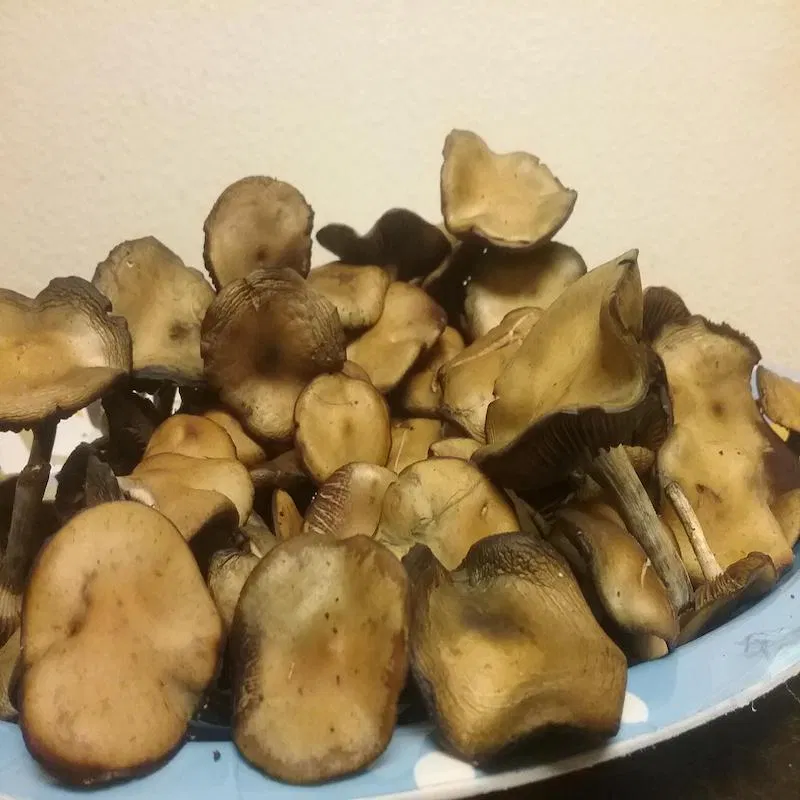
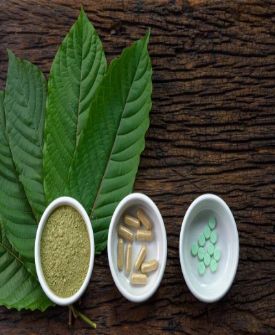
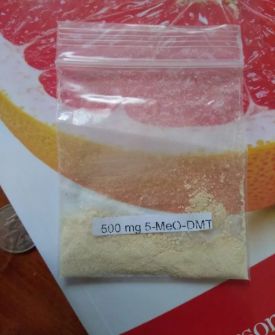
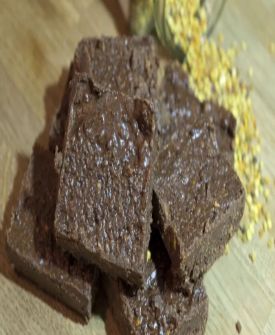
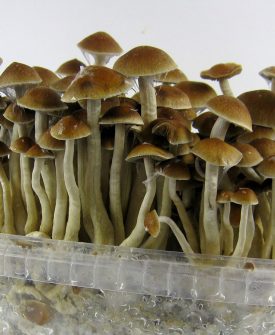
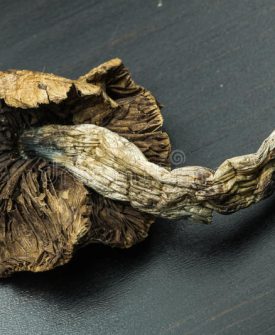
Reviews
There are no reviews yet.